Becoming
the number 1
treasury system
One solution for all your cash and treasury management needs.

Trusted by 1400+ companies worldwide





Go beyond a great treasury management system

Clarity
Our number one goal is to provide you with clarity in both your daily and strategic operations. To achieve clarity, we offer more than just a TMS: our specialists help you get the most out of your tools.
.png?width=358&height=213&name=Frame%202100%20(1).png)
Knowledge
You can use our long-standing expertise in treasury to leave a positive mark on your team and organization.

Support
When you need help the most, we are there – whether it’s advising on your roadmap, implementing a new solution, or supporting you with daily challenges.
One system to elevate your treasury
Choose the Nomentia solutions you need and we will connect them
with all your banks, systems, and 3rd party data providers.
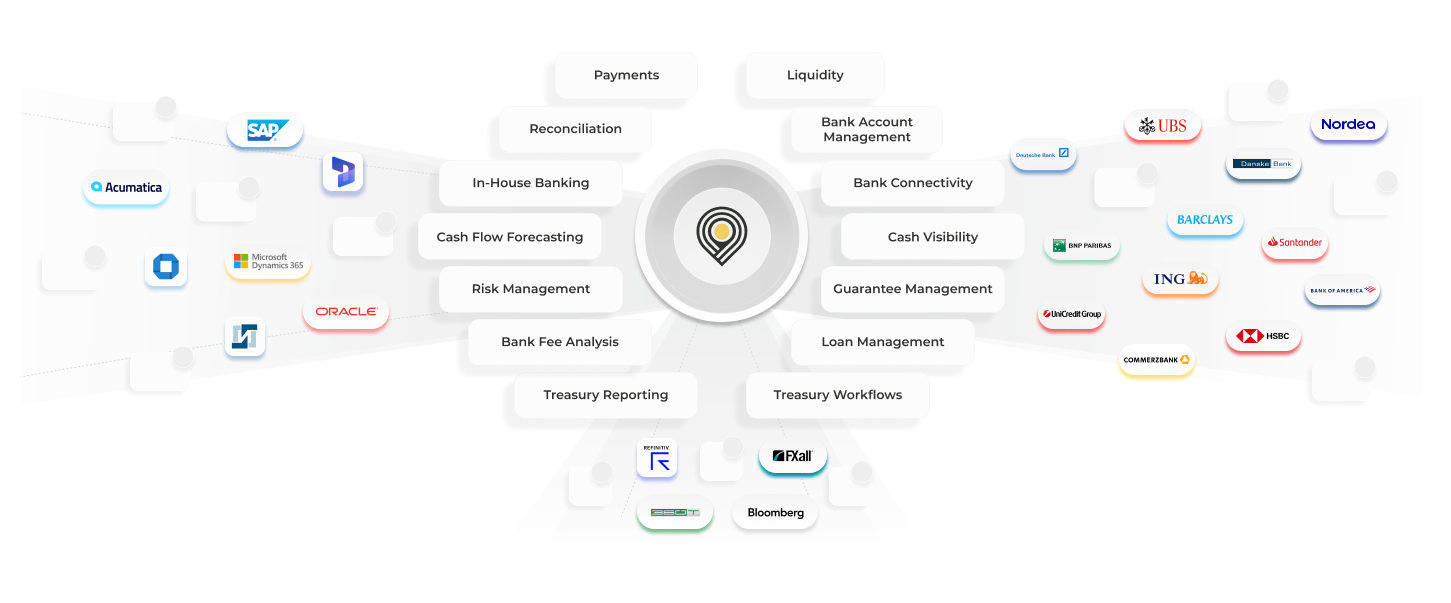
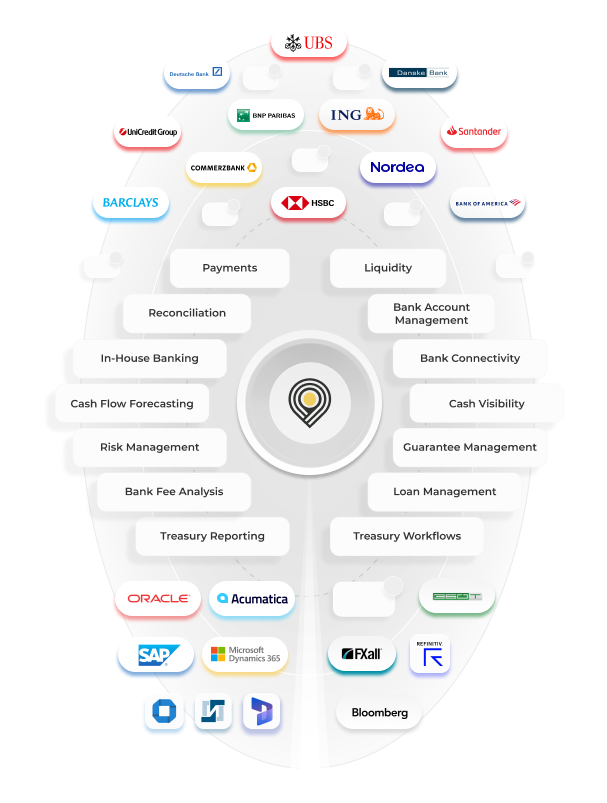
What our customers say
The best treasury teams boost their processes with Nomentia.
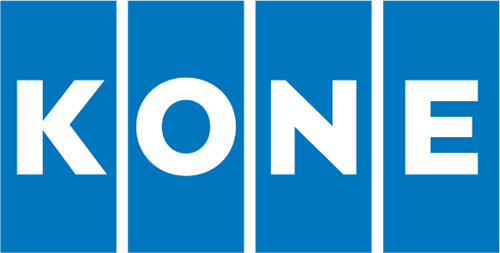
“We needed a global tool that could be used in all our locations to manage all payments. The goal was to create a harmonized way of working.”

Sirkku Markula
SVP, Corporate Treasurer
Kone

“Previously, we spent one week per month collecting data, and even then, we hadn't gathered and analyzed all the information. With Nomentia, we now have a comprehensive overview, and the data is imported automatically. This saves us tremendous time, which we can now fully dedicate to analysis.”

Stefan Bartel
Co-Head of Treasury and Finance
Union Investment

“We implemented a professional system to manage our group-wide financial status and liquidity planning at very short term. That helped us establish a professional Treasury function for BioNTech in a very dynamic environment.”

Dirk Schreiber
Vice President Treasury
BioNTech SE
What do you need help with?
Payment hub
A complete payment hub for automating, managing, and centralizing local, cross-border, and global payments. Connect ERPs, financial systems, and banks to process all payments.
Reconciliation
Automatically match bank statements with transaction data or post transactions to the general ledger.
Payment process controls
Built-in payment process controls for fraud prevention, treasury finance policies, and data validation. Automatically catch irregular payments before they are processed.
Sanctions screening
Automatically catch payments to sanctioned beneficiaries before they are processed. Screen your outgoing payments against any type of sanction list.
Bank connectivity as a service
Connect to over 10 000 banks globally. Fully managed connections and file format conversions between your banks, ERP, and financial systems.
In-house bank
Improve the group’s cash and treasury management processes by centralizing payment processes, liquidity and risk management, and taking control over intercompany financing.
Cash visibility
Monitor a complete and up-to-date cash position in centralized cash visibility solution. Automatically retrieve data from all internal and external systems and banks.
Liquidity management
Maximize visibility into your organization’s liquidity position, cash flows, and FX positions to optimize external & internal funding.
(e)BAM
A centralized multibank solution to manage all your bank accounts. Retrieve, view, analyze and monitor cash flows, account statements, and payments centrally.
Risk management
Implement a structured and systematic approach to risk management and hedging. Identify key risk drivers and optimally manage FX and interest rate risk during your day-to-day trading activities.
Cash flow forecasting
Automatically develop cash flow forecasts based on consolidated global cash flow data from all your systems and banks.
Guarantee management
Gain instant visibility into group-wide guarantees & LC status. Manage all processes related to internal and external guarantees in one platform.
Treasury reporting
Treasury reporting based on group-wide data from any system or bank. Easily export reports to BI tools or in other various formats if necessary.
Treasury workflows
Define workflows to streamline treasury processes. Centralize the work of various organizational units and multiple systems with Nomentia workflows.
Bank fee analysis
Automatically control and benchmark bank fees to avoid overcharges and ensure you don't pay the higher end of the market rates.
Loan management
Optimize the management of external bank loans and intercompany loans, integrate them into treasury processes, and measure their impact on cash flows and risk.


Integrate with the tools
you rely on every day
Nomentia integrates with the banks, systems and tools you use everyday.
Find out more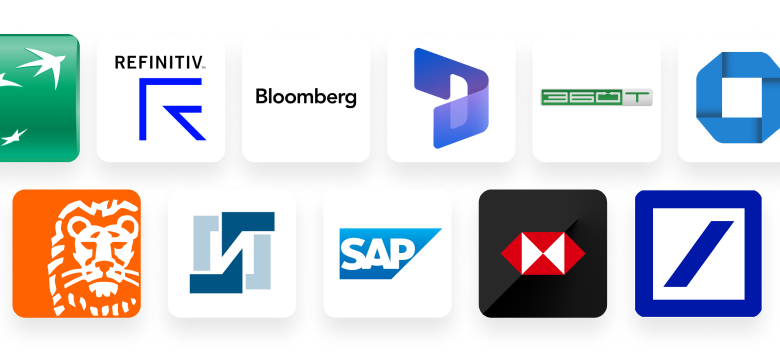
How can we improve your treasury together?
Our team is fully dedicated to provide you with the best possible implementation experience so you can get the most out of our solutions.
Select the solutions that you need.
Schedule a call with us to discuss your needs and the best next steps.
Set a timeline and start planning the project with our consultants.
Implement the solutions together with our dedicated specialists.
Security is in our DNA
Our utmost priority is keeping your operations secure. We take security seriously and we are ISMS ISO/IEC, ISAE 3402, SWIFT CSP, and FSQS-NL certified, and we are striving to get more certificates to gain your trust.
Find out more.png?width=549&height=375&name=Group%20427319601%20(1).png)
Discuss your needs
with our experts
Let's discuss the future of your treasury processes together.